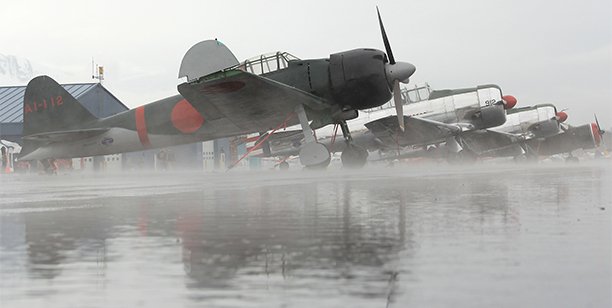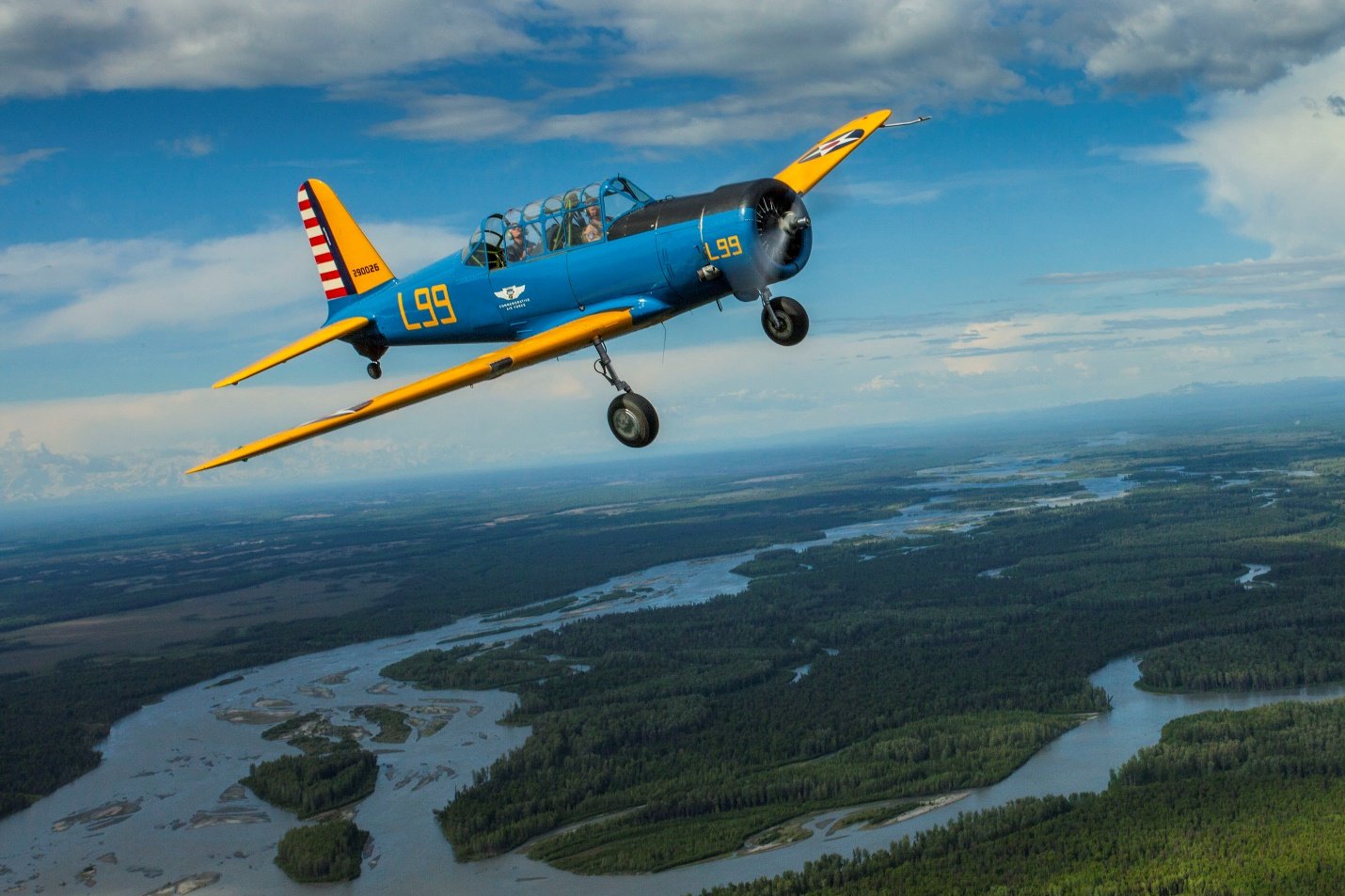The interest of shooting aircraft in the skies with amazing photographic results is called aircraft photography. Like sports and wildlife photography, the test of aircraft photography lies in taking photos of the quick aircraft moving. To accomplish this, nonetheless, a couple of things must be understood and undertaken.
Here are some best aircraft photography tips for you and what you should remember when photographing airplanes.
Scouting air terminals for airplanes
Air terminals a great opportunity for aircraft photography. Some have their own zones for aircraft lovers and aircraft photographers, while others may have a slope beside the air terminal site from which you have a decent view of the planes. If you are wanting to shoot your picture at a specific air terminal, it is advantageous to make yourself aware of the local rules. You can contact the air terminal itself or go through some online aircraft photography groups or forums for that airport. A few air terminals even offer aircraft photography tours through the air terminal grounds, where photographers are taken to especially great spots.
Extraordinary consideration is required for aircraft photography outside of Europe. In certain nations, aircraft photography at the air terminal is a criminal offense. In this manner, you should research ahead of time before attempting any aircraft photography at your location.
The best weather conditions for aircraft photography
Weather conditions have a major impact on aircraft photography. Clear blue skies with bight daylight or mists and downpour – Impressive shots of planes can be accomplished in about any weather whatsoever. Special cases are thick layers of mist that obstruct the view to the airplane.
Utilize the climate to your benefit and incorporate it in your shots to create a splendid outcome. At the point when it rains, reflections may show up on the airplane or the runway, which can be beautifully fused into the shot. Rainwater dribbling off the airplane gives your photos considerably greater authenticity. All things considered; you must shield your camera from harsh weather conditions. Regardless of water resistance of the gear, the camera may some way or another be harmed during longer times of rain.

Abstain from photographing airplanes in harsh daylight during the afternoon. This will make the aircraft uniformly lit and keep hard shadows from shaping on the aircraft. Regardless, ensure that you don’t photograph against the sunlight.

Camera settings for photographing airplanes
Novices and experts the same welcome the ease of camera settings. You select an aperture time and the exposure time is adjusted accordingly. Faster shutter speeds are required for moving aircraft usually between 1/2000 of second and 1/500th. This is good for jets, however in the case of propeller driven aircraft a lens with image stabilization or a gyro stabilizer should be considered to allow for a blurred prop.
When picking the exposure time, do not forget that airplanes still travel at speeds somewhere in the range of 200 and 300 km/h at take-off and landing. So, make your call accordingly.
The best aircraft photography in Alaska is done by AlaskaFoto. With years of experience and expertise, you will find some of the best and rare snapshots here.

